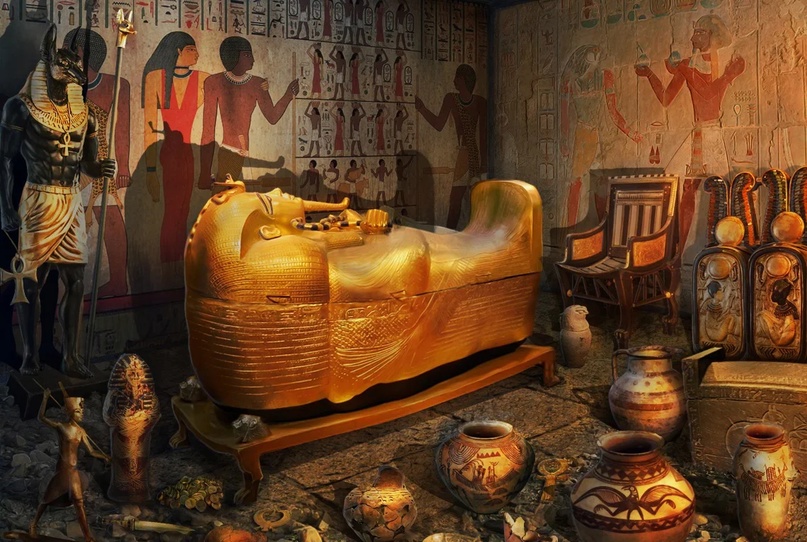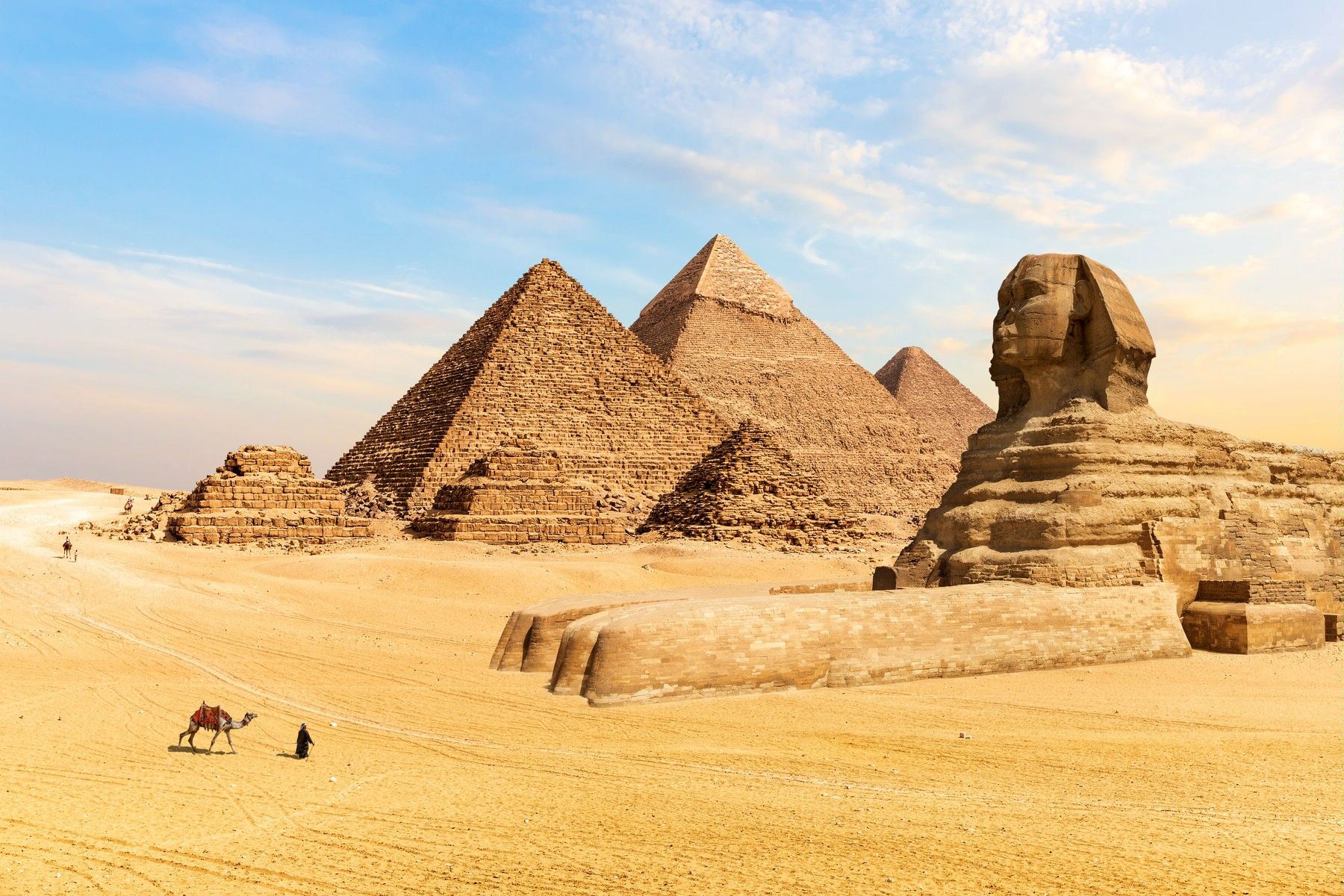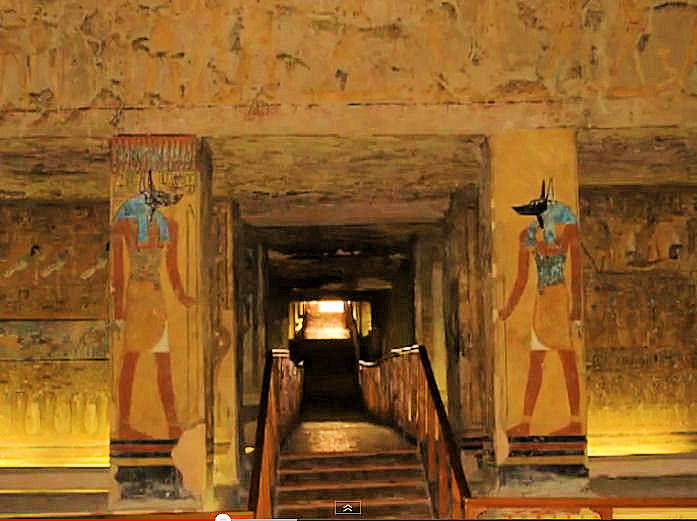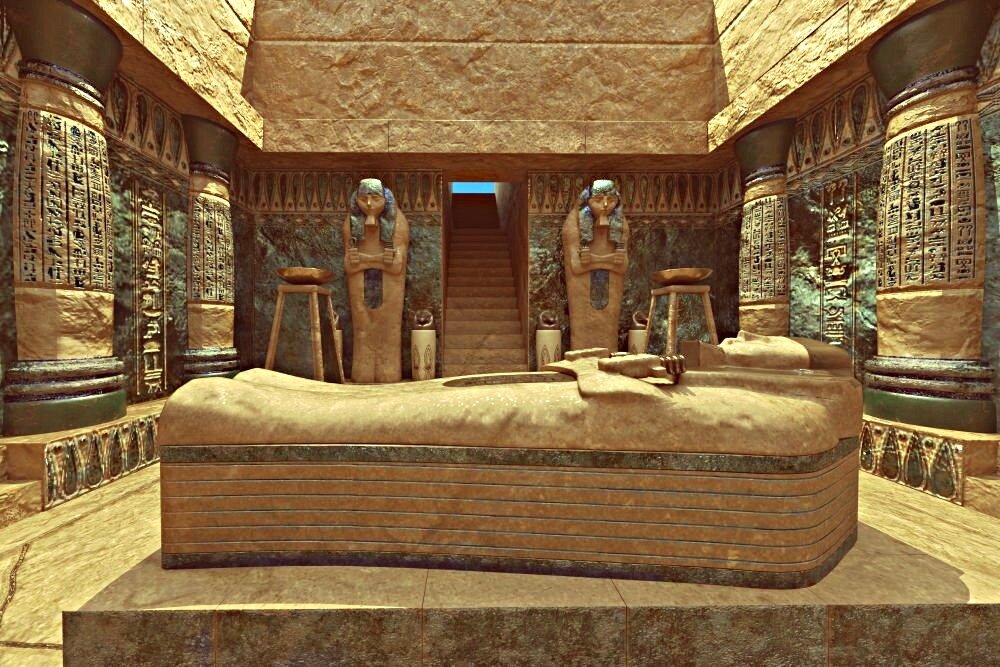Pharaohs in Pyramids: Discoveries and Mysteries
The short answer is no, pharaohs have not been found inside pyramids. This is a common misconception that likely stems from the iconic images of pyramids as towering tombs.

While pyramids were indeed built as grand burial monuments, they were primarily intended to house the pharaoh’s mummy, along with a vast array of funerary treasures and offerings. The pharaoh’s body was placed in a sarcophagus within a burial chamber deep within the pyramid’s structure. However, the pharaoh themselves were not entombed within the pyramid’s structure.
The Purpose of the Pyramids
Pyramids were primarily built as elaborate tombs for Egypt’s pharaohs and elite officials. Their construction reflected the ancient Egyptians’ complex beliefs about death and the afterlife. Pharaohs were considered divine rulers with the power to intercede with the gods on behalf of their people. Their tombs were designed to ensure their immortality and provide everything needed for a successful journey to the afterlife.
The pyramids were more than just burial places for the Pharaohs; they were monumental expressions of the pharaohs’ power and divine status. Each pyramid was part of a larger funerary complex, including mortuary temples and causeways, all designed to honor the deceased and facilitate their transition to the next world.
Discoveries and Findings
While the pyramids were intended to house the remains of their royal occupants, the actual discovery of pharaohs within them has been somewhat elusive.
The Giza Pyramids: A Closer Look

The Great Pyramid of Giza
The Great Pyramid of Giza, built for Pharaoh Khufu (also known as Cheops), is the largest of the three pyramids at Giza. It originally stood at 146.6 meters (481 feet) but now reaches about 138.8 meters (455 feet) due to the loss of the outer casing stones. Despite its grandeur, the Great Pyramid’s interior has yielded little in the way of definitive evidence of Khufu’s remains.
Early explorations and excavations, including those by Howard Vyse in the early 19th century, revealed several chambers and passages, but no sarcophagus or mummified remains of Khufu were found. This absence has led to several theories. Some suggest that Khufu’s remains might have been removed or that they were never placed inside the pyramid at all. It’s also possible that the tomb was looted by grave robbers long before modern archaeology began. The pyramid’s original burial chamber was found empty, with only a large granite sarcophagus left behind, which was later found to be unoccupied.
The Pyramid of Khafre
Khafre, Khufu’s successor, built the second-largest pyramid at Giza, which is often noted for its association with the Great Sphinx. This pyramid, while slightly smaller than the Great Pyramid, was still an impressive feat of engineering. Excavations within Khafre’s pyramid revealed a burial chamber with a sarcophagus, but it was empty. The lack of remains or significant artifacts suggests that, like Khufu’s pyramid, this tomb may have been plundered at some point.
The Pyramid of Menkaure
The smallest of the three Giza pyramids, built for Pharaoh Menkaure, was also found to be devoid of its royal occupant. Although a series of statues and other artifacts were discovered in the pyramid complex, including the famous statues of Menkaure and his queens, the burial chamber itself was empty. The pyramid’s contents had been disturbed, likely by tomb robbers
Other Pyramid Sites
While the Giza pyramids are the most famous, other pyramids across Egypt have been explored with varied results.
The Pyramid of Djoser:
The Pyramid of Djoser at Saqqara is considered the earliest large-scale pyramid and represents a significant advancement in Egyptian architecture. Constructed during the Third Dynasty, this step pyramid was built for Pharaoh Djoser. Archaeological excavations uncovered a burial chamber beneath the pyramid. However, the sarcophagus was found to be empty, and the tomb had been subject to plundering. Nonetheless, the complex provides valuable insights into early pyramid construction and funerary practices.
The Pyramid of Amenemhat II:
In the Middle Kingdom, pyramids were constructed in a different style and with different materials. The Pyramid of Amenemhat II at Dahshur, for instance, was found with its burial chamber partially intact. Although the sarcophagus was empty, the site yielded significant artifacts, including jewelry and canopic jars, which offered clues about the burial practices of the time.
The Valley of the Kings

Interestingly, while the grand pyramids often yielded no royal remains, the Valley of the Kings in Luxor has provided a wealth of information about pharaonic burials. The tomb of Tutankhamun, discovered by Howard Carter in 1922, is a notable example. Although Tutankhamun’s burial was in a tomb rather than a pyramid, it was found to be rich with artifacts and the well-preserved mummy of the young pharaoh. This discovery has greatly enhanced our understanding of ancient Egyptian burial practices and the treasures intended for the afterlife.
The Discovery of Tutankhamun: A Case Study
The discovery of Tutankhamun’s tomb in 1922 is one of the most famous archaeological finds in history. While the tomb was found intact, the pharaoh’s mummy was not in the main burial chamber. Instead, it was discovered in a smaller, secondary chamber. This discovery further highlights the fact that pharaohs were not always buried within the main burial chamber of a pyramid.
Theories and Mysteries
The absence of pharaohs’ remains within their pyramids has led to several theories and ongoing debates among scholars. Some propose that pharaohs’ bodies were moved to secret locations or other tombs, possibly to prevent theft. Others believe that the original burial chambers were robbed shortly after the pyramids’ completion, which could explain the lack of remains. Additionally, some suggest that the grand scale and complexity of the pyramids may have served as decoys to mislead grave robbers.

